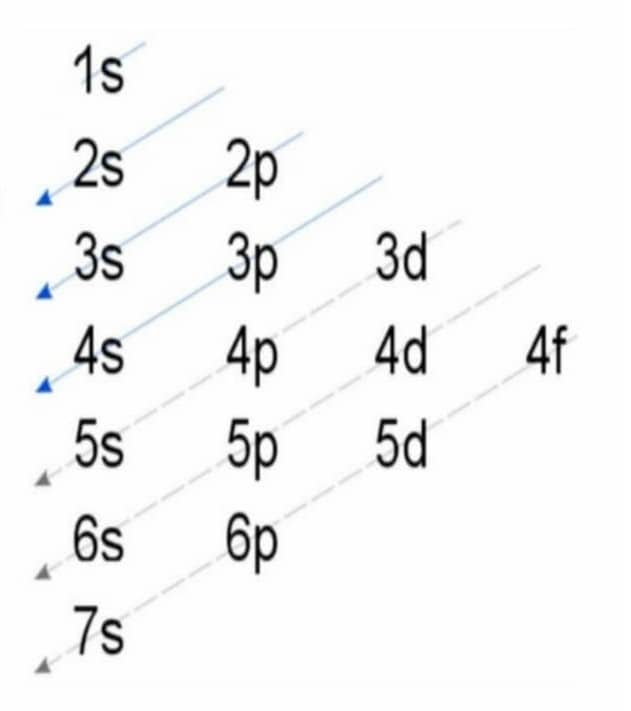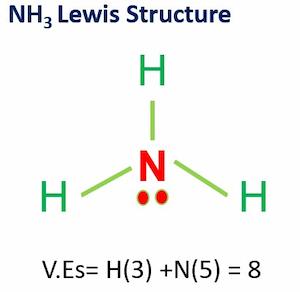Iron has 8 valence electrons. Since iron is a transition metal, it can use electrons in its d subshells as valence electrons. A transition metal’s valence electrons are electrons that reside outside of a noble-gas core. The electronic configuration of iron is 1s22s22p63s23p64s23d6 . In the iron case, the electrons outside the noble gas core are 4s23d6 electrons.

Table of Contents
Transition Metals
Transition elements are elements with partially filled d orbitals (sometimes known as transition metals). Transition elements are defined by IUPAC as elements with a partially filled d subshell or elements that have the ability to generate stable cations with an incompletely filled d orbital.
Some of the most common examples include iron, chromium, manganese, vanadium, titanium, copper, cobalt, nickel, tungsten, gold, and platinum.
Valence Electrons
Valence electrons are a single outer shell electron in an atom’s outer shell that is responsible for the atom’s chemical characteristics. In other words, a valence electron is an atom’s electron that may be transferred to or shared with another atom and is placed in the atom’s outermost shell.
Summary
- The iron valence electrons are eight.
- Iron is a transition metal and can use electrons in its d subshells as valence electrons.
- In transition metals, valence electrons may reside outside the noble gas configuration.
- The electronic configuration of iron is 1s22s22p63s23p64s23d6
Related Topics
SO2 Lewis Structure| 4 Simple Steps
NH3 Lewis Structure & Molecular Geometry
Is BF3 Polar or Nonpolar?
CH4 Lewis Structure & Molecular Geometry
O2 Lewis Structure & Molecular Geometry
is b2 paramagnetic or diamagnetic?
Frequently Asked Questions
1. Is titanium magnetic?
Titanium, being a paramagnetic substance, is only weakly attracted to magnets. The presence of four unpaired electrons in its electrical structure is the primary cause of its paramagnetic characteristics (check full article is titanium magnetic?).
2. Is aluminum magnetic?
Aluminum (United States English), also known as Aluminum (British English), is not magnetic under normal conditions, owing to its crystal structure. Along with other metals like magnesium and lithium, it’s classified as a paramagnetic substance.
In other words, aluminum is not magnetic; nevertheless, in the presence of an external magnetic field, aluminum becomes “slightly” magnetic as its electron aligns with the magnetic field.
3. What is the density of water g/ml?
This density of water is equal to a rounded value of 1 gram per milliliter (g/ml) or 1 gram per cubic centimetre (g/cm3) (Check the full article to know the accurate value of density of water in g/ml)
4. How many neutrons are in hydrogen?
The vast majority of hydrogen atoms lack neutrons, making them the lightest atoms possible with only one electron and one proton (check full article How Many Neutrons Does Hydrogen Have?)
5. What is the brf3 bond angle?
BrF3 bond angle is 86.20. Bromine trifluoride (BrF3) is a pale yellow interhalogen liquid with a pungent odor. Although sulfuric acid interacts intensely with water and organic molecules, it dissolves it. It’s an inorganic ionizing solvent (check the full article to know more about it brf3 bond angle).
6. What is the number of iron valence electrons?
The valence electrons in iron are eight. Because iron is a transition metal, it can use valence electrons of its d subshells.
7. What are Paramagnetic substances?
Metals that are weakly attracted to magnets are known as paramagnetic materials. Among them are aluminum, gold, and copper. Electrons are present in the atoms of these compounds, the majority of which spin in the same direction, but not all. The atoms gain polarity as a result of this. These metals may produce very weak magnets because some of the atoms can be rotated to point their poles in the same direction.
8. How many electrons does iron have?
Iron contains eight electrons in its valence shell. Because iron is a transition metal, electrons in its d subshells can be used as valence electrons. In a transition metal, valence electrons are electrons that exist outside of a noble-gas core. Iron has the electrical configuration 1s22s22p63s23p64s23d6.
9. What’s the molar mass of Aluminum?
Aluminum molar mass is 26.982 g/mol.
10. How many electrons does oxygen have?
A single oxygen atom has eight protons, eight electrons, and eight neutrons.
Oxygen is a stable isotope of oxygen with a nucleus of 8 neutrons and 8 protons. Its mass is 15.99491461956 u. Check the full topic “How many electrons does oxygen have?”.
More Interesting Topics
is hcl polar or nonpolar
hydrogen bond definition
how many bottles of water equal a gallon
co2 lewis structure
weight of water
density of water lb gal
Is Nh3 Polar?
HCN Lewis Structure & Molecular Geometry
- BCl3 Lewis Structure in four simple steps - November 1, 2023
- PH3 Lewis Structure in four simple steps - October 8, 2023
- PF3 Lewis structure in four simple steps - September 24, 2023



